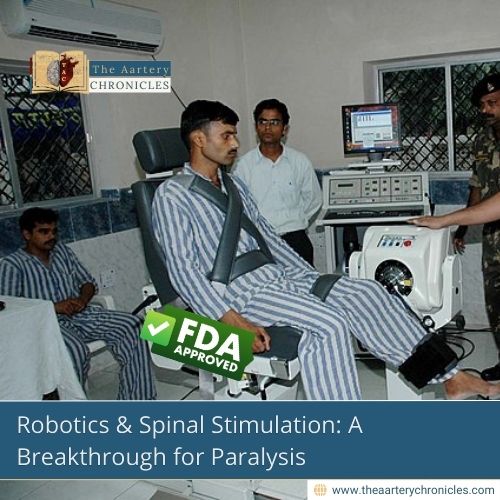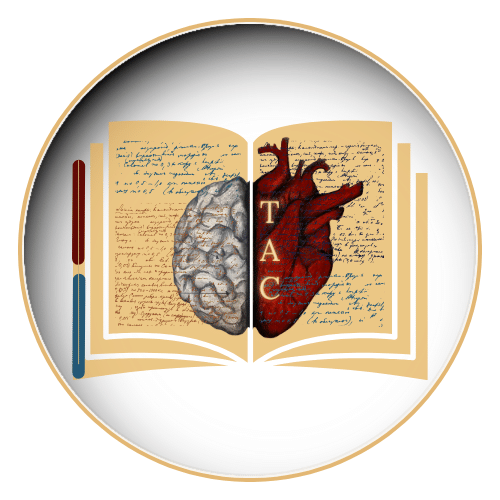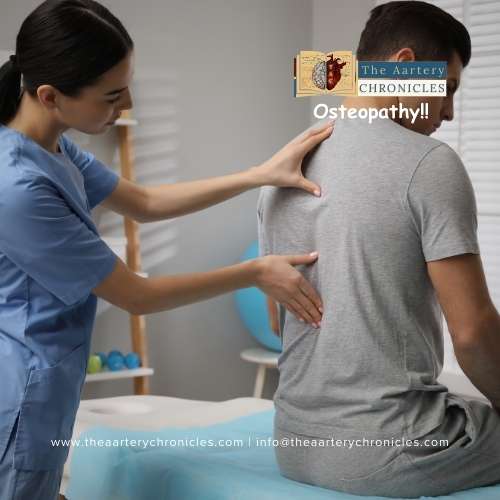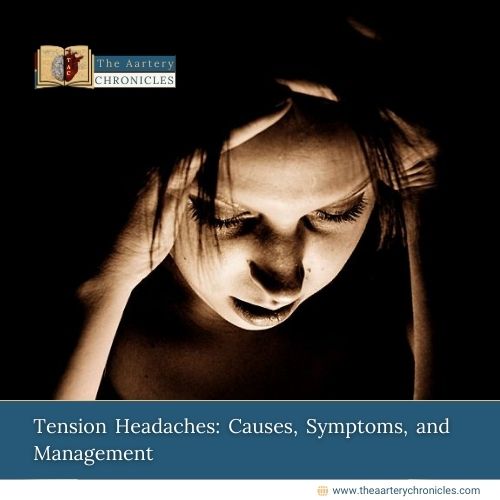

Robotics & Spinal Stimulation: A Breakthrough in Paralysis Recovery
Summary: Scientists have developed an approach that combines rehabilitation robotics and spinal cord stimulation to help people with spinal cord injuries (SCI) regain movement. This technology not only enhances rehabilitation but also enables real-world activities like cycling and walking.
Can Robotics and Spinal Stimulation Restore Movement?
Spinal cord injuries can be life-altering, often leading to severe mobility impairments. Rehabilitation robotics assist in guided movement during therapy and have improved recovery, but they haven’t been enough to fully retrain the nervous system. The missing piece? Active muscle engagement.
Now, researchers at NeuroRestore, led by Gregoire Courtine and Jocelyne Bloch, have integrated spinal cord stimulation with rehabilitation robotics. Their innovative approach uses an implanted neuroprosthetic device that delivers precisely timed electrical pulses, stimulating muscles in sync with robotic movements.
“The seamless integration of spinal cord stimulation with rehabilitation or recreational robotics will accelerate the deployment of this therapy into the standard of care and the community of people with spinal cord injury,” says Courtine.
How This Revolutionary System Works
This biomimetic spinal cord stimulator is fully implanted and mimics natural nerve signals more efficiently than traditional stimulation methods. The device works seamlessly, using wireless sensors to detect limb motion and adjust stimulation in real-time with
- Treadmills
- Exoskeletons
- Stationary bikes
Key Benefits of This Breakthrough:
- Immediate and sustained muscle activation
- Enhanced mobility during robotic-assisted therapy
- Potential for long-term recovery beyond clinical settings
Real-World Results: Walking, Cycling & More!
A proof-of-concept study involving five participants with spinal cord injuries showed remarkable outcomes. With the combined approach of robotics and electrical epidural stimulation, they experienced immediate muscle activation. Some even regained voluntary movements after stimulation was turned off.
NeuroRestore researchers, including Nicolas Hankov and Miroslav Caban, collaborated with rehabilitation centers to integrate this technology into real-world settings. According to them, the results were “gratifying”, proving that this system can be seamlessly adopted across rehabilitation environments.
“We visited multiple rehabilitation centres to test our simulation technology with the robotic systems they routinely use, and it was incredibly rewarding to witness their enthusiasm,” say NeuroRestore researcher Nicolas Hankov and BioRob researcher Miroslav Caban, the study’s first authors.
“Seeing firsthand how seamlessly our approach integrates with existing rehabilitation protocols reinforces its potential to transform care for people with spinal cord injury by providing a technological framework that is easy to adopt and deploy across multiple rehabilitation environments.”
Future of Spinal Cord Rehabilitation
This breakthrough isn’t just limited to therapy rooms, it’s paving the way for real-world mobility improvements. With further clinical trials, this integrated approach could redefine rehabilitation for spinal cord injury patients, making movement restoration more effective than ever.
The Future of Mobility is Here!
With spinal cord stimulation and robotics working in harmony, paralysis recovery has taken a huge leap forward. This groundbreaking technology could soon become a standard treatment for spinal cord injuries, bringing new hope to thousands.

Dane
I am an MBBS graduate and a dedicated medical writer with a strong passion for deep research and psychology. I enjoy breaking down complex medical topics into engaging, easy-to-understand content, aiming to educate and inspire readers by exploring the fascinating connection between health, science, and the human mind.








